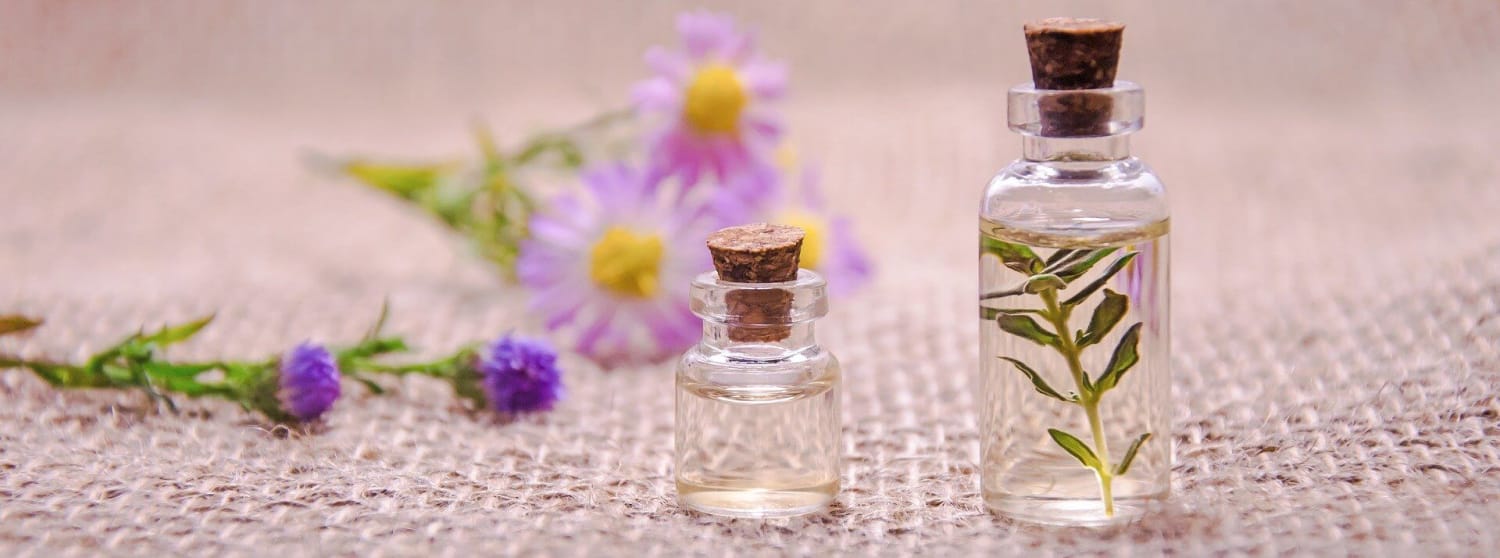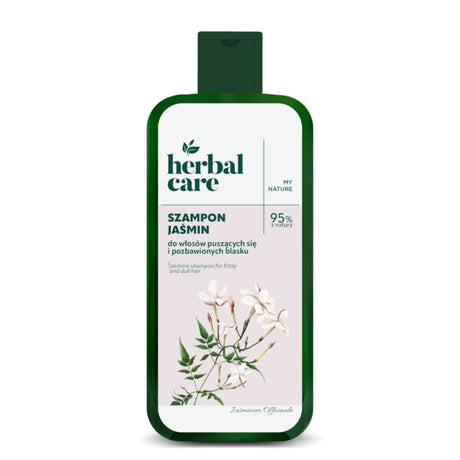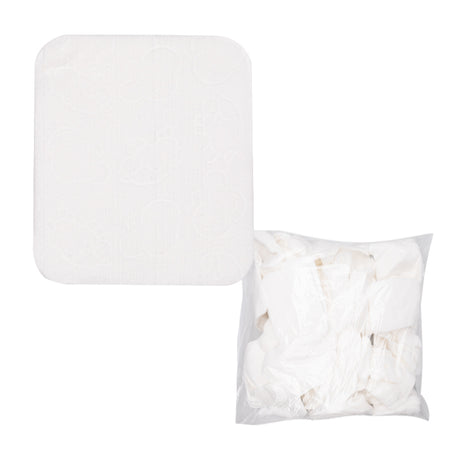Reading perfume descriptions, we always come across terms such as "fragrance notes", which at first may be associated with music. This is a very good similarity because of the very process of creating fragrance compositions. Some of them are real works of art in this respect.
Scent note
The scent note is the scent of a single component of the scent composition with a characteristic, nameable aroma, e.g. rose, lemon, cedar, etc. The note is also the basic element of the scent composition (bottom, heart and top note). However, a mixture of two or more fragrances forming a common characteristic note is called a chord, e.g. floral, spicy, green chord. Several combined chords create a fragrance, which is what a given perfume smells like.
The concept of fragrance notes is based on the assumption that certain substances in the composition of perfumes differ in durability, i.e. the rate of evaporation. Thanks to this, the fragrance has many nuances, it is not constant and unchanging. It's a creation that develops over time like a musical composition. As soon as the perfume is applied to the skin, the perfume reaches its apogee in the form of a high note, then softens as soon as the sensual experience is complemented by a medium note, until it reveals its true face that lasts for hours. Smelling perfume, we first sense the top note, also called the head note, then the middle note, the so-called a heart note, and finally the bottom note, called a base note (depth or base). Let's take a closer look at them.
Head
Top note (head) - it's so-called fragrance, i.e. very volatile substances that evaporate and disappear the fastest. This is the perfume business card that accompanies the opening of the bottle, the first fragrance you can feel when alcohol is gone. It influences the first impression, evokes the memory of the fragrance and its memory. This is the most fresh and light note. Stays on the skin from several minutes to nearly half an hour. Mainly used here are the scents: citrus (lemon, bergamot, bitter and sweet orange, lime, mandarin, grapefruit, petitgrain, lemon tea tree), aldehyde (chemical, slightly greasy smell), fruit-light (melon, watermelon, pineapple, cactus ), green (mint, cucumber, lemon balm), herbal (lavender, thyme), root (black and green pepper), forest from coniferous trees (fir).
Heart
Middle note (heart) - is the center of the fragrance, the dominant theme that characterizes the perfume and gradually merges with the base note. The heart of the aroma appears when the perfume smell mixes with the smell of the skin (usually it takes 10-20 minutes before the middle note develops fully) and stays on it for usually an hour or two, although in the best fragrances the heart note should still be recognizable after at least four hours. Medium volatility fragrances are used here, mainly floral aromas (rose, champaka, ylang, jasmine, rosewood, geranium, tuberose, gardenia, pink, white and blue lotus, neroli, lilies, lilac, lily of the valley, violet, hyacinth, narcissus) , linden, magnolia, white ginger lily, palmarose), root (clove, cinnamon, ginger, cardamom, dill, hyssop, carrots), green (sage, rosemary, cypress, juniper, yarrow).
Bases
Bottom note (bases) - stabilizes and strengthens, helps maintain aroma energy. It also includes fixatives, i.e. substances that make the fragrance last longer on the skin, as well as components that add weight to the perfume. This is the oldest group of fragrances used, because the ancients anointed their bodies mainly with heavy, balsamic-resinous aromas. These oils are almost non-volatile, heavy, earthy, balsamic, deep, long-lasting, which appear after 30-60 minutes and last up to 8 hours. They have a slight odor, but they determine the durability of perfumes and the time they remain on the skin. These are mainly aromas from the following groups: wood (sandal, cedar, vetiver, patchouli), amber (ambergris, amber), animal (musk, civet, castoreum), leather, tobacco, oakmoss, balsamic (incense, Peru balsam, benzoin, galbanum, myrrh), aromatic and sweet (vanilla, cognac, coffee, cocoa, tea, honey, almonds, marzipan).
More than one aroma
When composing perfumes, the creators pay close attention to the fact that similar fragrances occur in each of the three phases of their aroma development. This ensures a harmonious and uninterrupted aroma development process. It should be remembered that if we want to get to know the true fragrance of perfumes, we must be patient and wait, preferably an hour or two. Perfumes do not have one, constant and unchanging smell, they change, evolve and live. If we give them a chance, they will definitely show us their magic and seduce with their scent.



















